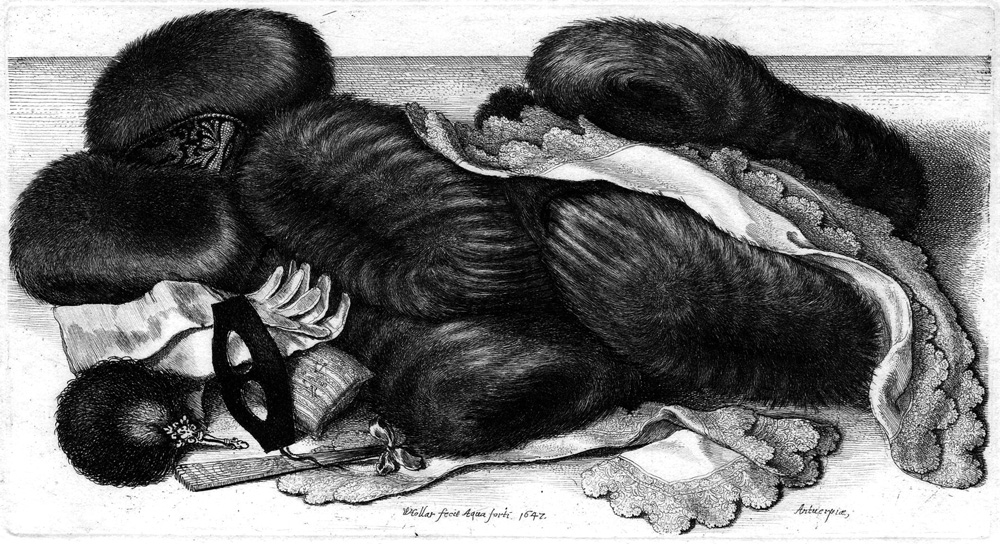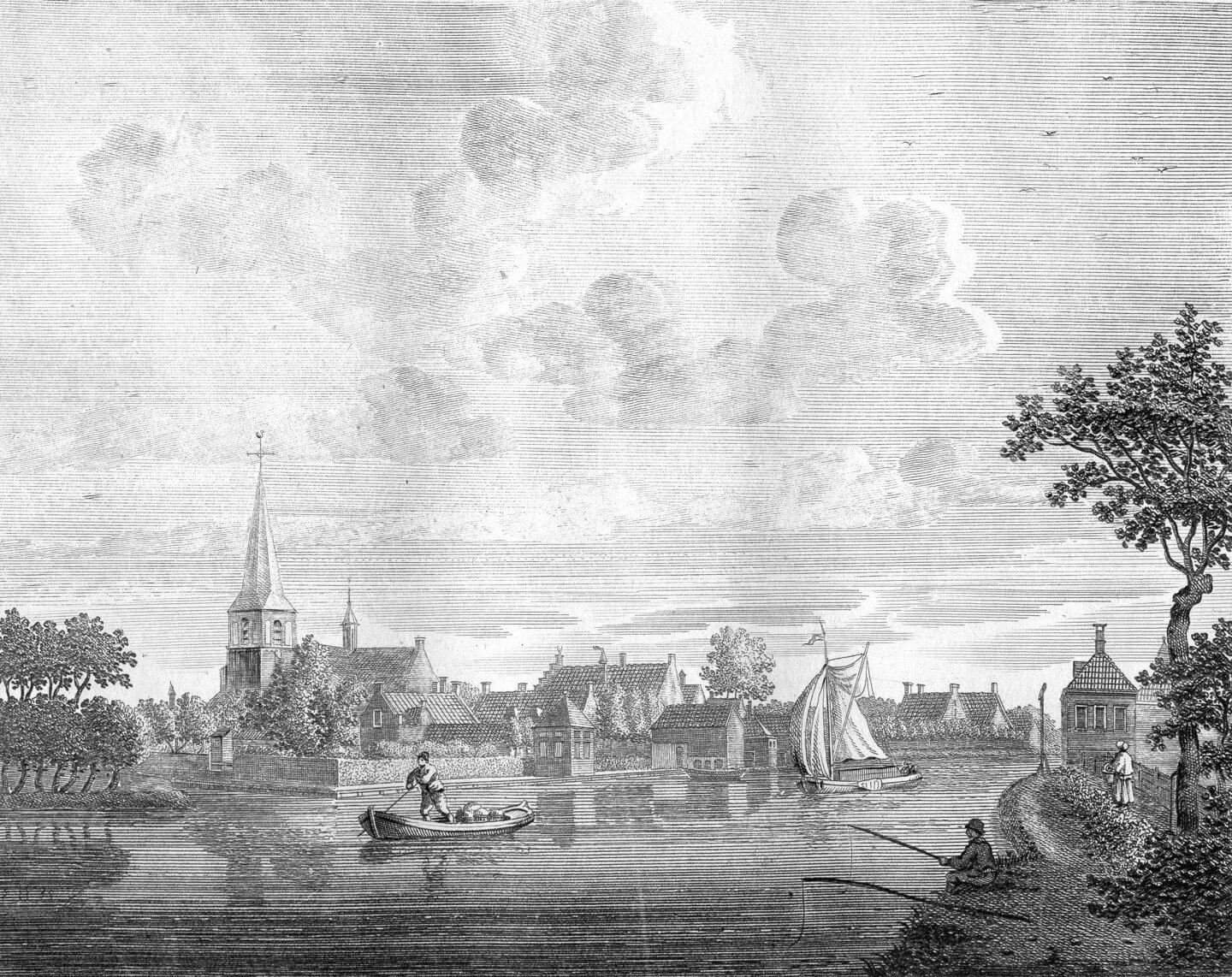Wenceslaus Hollar I

Hollar travelled to the Netherlands in 1634, and in 1636 he visited Prague with the great art collector and nobleman Thomas Howard, Earl of Arundel, who was on a diplomatic mission. From 1636-42 Hollar lived in London in Arundel's service. Many prints associated with this employment are lettered 'ex Collectione Arundeliana' and reproduce works by Leonardo da Vinci and Holbein. At this point Hollar started to work for the early London printseller Peter Stent, who published his long series of prints of small costume figures called the Theatrum mulierum. From 1644-52, during the Civil War, Hollar worked in Antwerp for the prominent publishers Joannes Meyssens and Frans van den Wyngaerde. He returned to London in 1652, later witnessing the restoration of Charles II. In 1666 Hollar was named 'Scenographus regius' by the king, but the Great Fire thwarted his plans for an enormous map of the city, and instead he produced London before and after the fire (Pennington 1015).
In 1668-69 Hollar joined Lord Henry Howard on his expedition to Tangier, creating remarkable watercolour prospects of the outpost. On his return to London in 1652, he concentrated on cartography and illustrations for books like Sir William Dugdale's antiquarian Monasticon Anglicanum and for John Ogilby's plates for Aesop's Fables. Although most of his career was spent outside his native country, he is properly regarded as a Bohemian artist.Hollar was an outstanding etcher of landscapes and topographical views, but he also excelled in still-life subjects, such as his famous prints of butterflies and shells, and especially of muffs (Pennington 1951, for example). His nearly 3,000 prints were first catalogued by George Vertue in 1745, and subsequently by Gustav Parthey in 1853 and Richard Pennington in 1982, but they have never been fully illustrated.
Part I: Prague period, German period, First English period
Published in 2009
Compiler: Simon Turner
Editor: Giulia Bartrum
ISBN: 978-90-77551-76-9
336 pp.

